
The Politics of Water
Wed, 23 Jun 2021 | Reading Time: 7 minutes

The Politics of Water
Nepal and India share one of the largest geo-hydrological regions called the Ganga-Brahmaputra Basin. Nepal covers a large part of the upper catchment of the sub-basin of the Ganges River. Major rivers of the sub-basin like Mahakali, Karnali, Sapt Gandaki and Sapt Kosi originate from the trans-Himalaya region, cross Nepal and flow southwards to join the Ganges in India, and so are international or transboundary in nature. Though Nepal occupies 13 percent of the total drainage of the Ganges basin, its contribution to the flow of the Ganges River is much more significant, amounting to about 45 percent of its average annual flow. In the dry seasons, Nepal’s contribution to the total run-off is as much as 70 percent.
These hydrological features bind India and Nepal in a relationship of geographical interdependence and economic complementarities on water resource development. Although the potential for joint endeavours is considerable, the cooperation between these two countries on the issues related to water resource development has not been easy and forthcoming. Their efforts have been heavily influenced by geopolitics; marked by an emphasis on historical wrongs (real and perceived), big-small country syndrome, failure in understanding each other’s sensitivities, aggressive posture and negative approach.
A major part of the last century was lost in the process, incurring huge opportunity cost of delay for both countries. Due to the nature of its terrain, only three million hectares of Nepalese Terai land is cultivable, of which 2.6 million are cultivated and approximately one million hectares are irrigated. Every year, about 175 billion cubic meters of water flow down into the Ganges. 67 million hectares of Indian cultivable farmland lies in the Ganga basin of which 20 million is irrigated. Whereas six to eight million Nepalese are sustained in the Terai by this water, the Ganga basin utilizes the Ganga basin water resources for their individual requirements. Nepal needs to irrigate an additional two million hectares in the Terai. It needs hydroelectric power, assessed to have a potential of 83,000 MW of which 42,000 MW is economically viable and of which only one percent has been tapped, as yet.
India requires water for irrigation purposes and also to control it, so as to overcome and avoid the yearly deluge which ravages its plains. It needs hydroelectric power to sustain its economic growth. Cheap and available electricity from Nepal will not only be of use to India, but will generate foreign exchange and resources to the cash-strapped Nepalese.
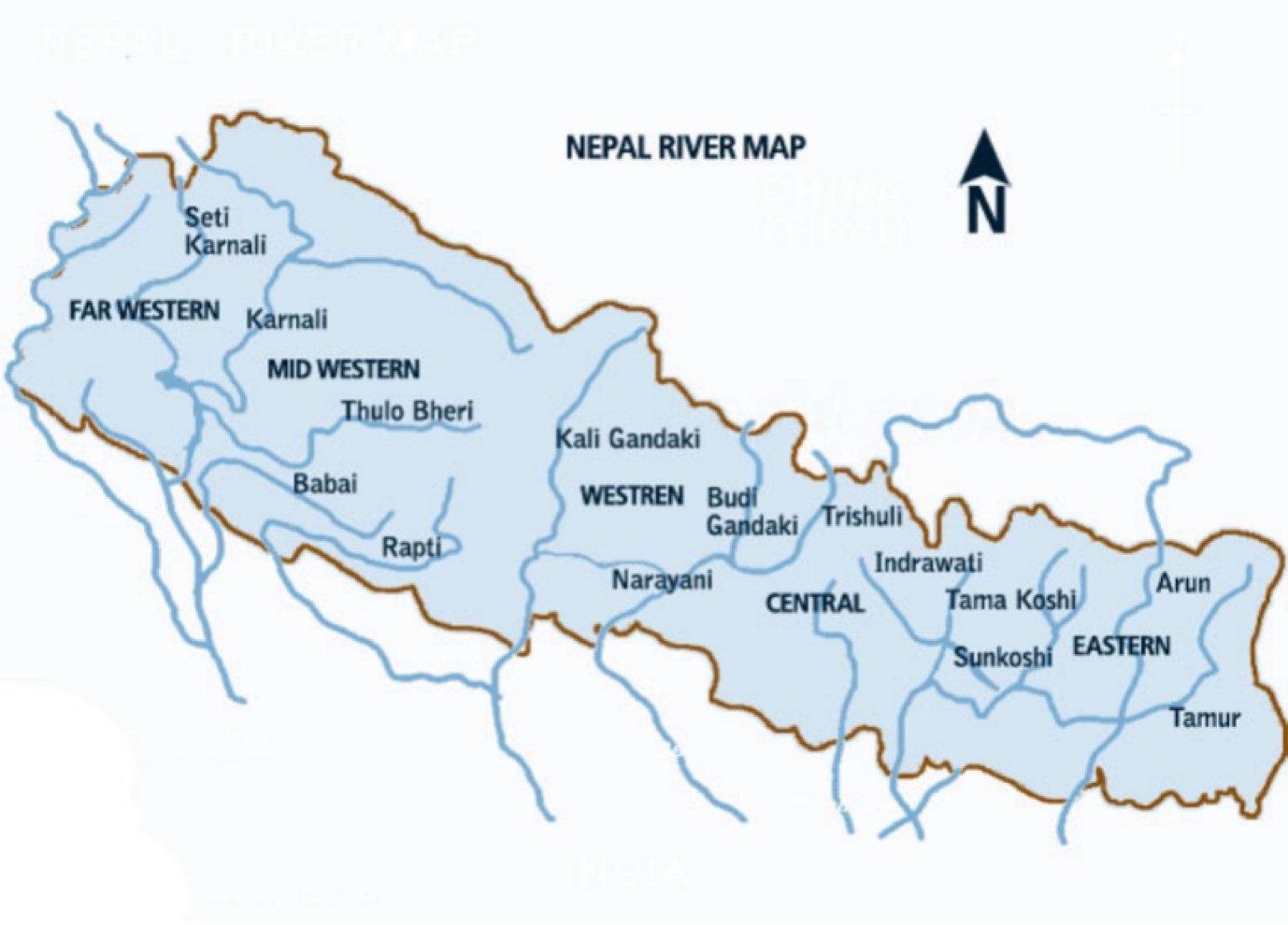
Nepalese historically, have perceived that the management of development of its water resources has been one-sided and not a partnership, with India retaining all control during construction as well as in subsequent operations and maintenance. This has contributed to much mistrust, as has the apparent lack of transparency. In 1996, India and Nepal had agreed to integrate the development of water resources of the Mahakali River to include the Sarda, Tanakpur and Pancheshwar projects. Despite ratification of sorts by the Nepalese Parliament, opposition towards it still continues. It could be that Nepalese are prisoners of their hype or that they expect greater Indian concessions in such Himalayan resources, which are essentially also required by India.
Interestingly, the earlier Constitution of Nepal promulgated on November 9,1990 included a provision in Article 126, that required any resources-sharing agreement to be ratified by a two-thirds majority in Parliament, if it was of ‘pervasive, serious and long-term’ nature. Most Indian projects are thus stalled. On the other hand, no such clearances are taken for Chinese projects or Australian ones (the 750MW West Seti project is one such case). The new Nepalese constitution has also included references of the same.
Issues that need to be considered by both nations to ensure that both nations gain and don’t get involved in a permanent stalemate as far as sharing the river waters are as follows: –
- Any Indian initiative in terms of providing finances and resources for water and power projects, will be based on its requirements to control the flow of water in the monsoons, in addition to the advantages in irrigating large tracts and securing electricity.
- Joint management of such large projects therefore, may be a necessity to counter Indian fears, that purely Nepalese management may not be suited to cater to India’s requirements of water management during the monsoons.
- The costs of electricity need to take into consideration the need for suitable remuneration for Nepal, as also that it should be economically viable for Indians who utilize it.
- The negotiations must be transparent.
- Involvement of the private industrial sector in Nepal may speed up the agreements on water management.
The two governments have recently been engaged in intensive engagement through the Standing Committee on Inundation Problem (SCIP) on the issue of inundation due to the construction of embankments and other structures on both sides of the border. In the case of two inundation issues, the Rasiaval Khurd Lotan Bund bordering Rupandehi district in Nepal and Kaikalwa marginal embankment bordering Banke district of Nepal, a ‘High-Level Technical Committee’ met several times and carried out several joint surveys that did not indicate worsening of the inundation problem due to the embankment construction.
The Power Trading Corporation had signed a Power Purchase Agreement with an Australian company (Snowy Mountain Engineering Corporation), which is developing a 750 MW West Seti hydropower project in Nepal. Nepal has several other small and medium-sized project proposals that can be developed by the private sector including companies in India.
Baggage of the Past
Despite huge potentialities and commonalities of objectives, water resource development projects between India and Nepal have faced many setbacks due to political and economic factors that have acted against the interests of our two countries. For India and Nepal, the three agreements on Kosi, Gandak and Mahakali, have shaped not only the political and economic relationship but also social relations between the two countries.
The Kosi Agreement was signed in 1954 to tame the Kosi river, considered as the sorrow of Bihar, through joint efforts. It is the largest irrigation project in Nepal. The completion of the Kosi barrage was a socio-economic boon for the people living on both sides of the river Kosi. It played an important role in linking Nepal’s eastern region with the western region, which was earlier almost cut off from each other. The benefits from this project have been substantial for both India and Nepal, but still, both the countries have concerns regarding fair treatment and also there is a lack of will towards complete execution of the agreement.
The Gandak Agreement sought to utilize the river water for irrigation purposes for agricultural land, both in India and Nepal. The governments of India and Nepal signed the Gandak Irrigation and Power Project Agreement in December 1959, however, it came into force in 1964 with some amendments. One of the most important aspects of the Gandak Agreement for Nepal is that it restored the riparian rights for the country. Nepal has the right to withdraw water from the rivers and their tributaries within the country. Moreover, apart from the provision for irrigation and power development, it provided for the free movement of people and goods between India and Nepal through the Gandak barrage.
Nepal’s complaint about getting an unfair deal in earlier treaties like the Kosi Treaty (1954) and the Gandak Treaty (1959), seems to have cast its shadow over future collaborations. Nepal water resource experts complained about unilateral initiatives of India, nominal and delayed compensations, disregard for Nepal’s interest and unequal benefits.
These projects created ill-feeling and mistrust between the two nations leading to a big gap in joint water resource development initiatives. The efforts between the two countries have suffered due to these twin factors. Firstly, policymakers of both nations have for long failed to understand each other’s apprehensions. Nepal, sandwiched between two giant nations, has its world view. Secondly, Nepal has over-emphasized and seems overtly sensitive over its perceived sovereignty issues. The history of negotiations regarding water projects on Indo-Nepal transboundary waters got dominated by controversy primarily due to perception differences and an avoidable blame game instead of technical difficulties.
The Nepalese have long believed that India is draining Nepal’s watershed for its benefit and have long viewed India as a “hegemonic power” that arm-twists neighbours into unfair agreements. India, in turn, blames Nepal as suffering from a “small country syndrome”, imagining non-existent conspiracies and ignoring India’s contribution to different sectors of Nepal’s economy. Further, fragile and unstable political uncertainties in Nepal have also played a role in fuelling anti-Indian sentiments.
The relationship between Bhutan and India in the field of water sharing clearly shows that with goodwill and trust between the concerned countries, water can become a successful engine for prosperity and development. Most importantly, the dissemination of the right kind of information holds the same degree of importance for India as for Nepal. New hydrological knowledge and technologies are sensitive towards the environment in terms of externalities emerging out of managing river water. Most of the rivers are crucial for the people living along their banks.
A small run of the river projects could act as a confidence-building measure. Both the countries need to actively explore small-scale hydropower possibilities. Most importantly, any framework agreement guiding the development of water management should provide space for community engagements. It has to be ensured by both the countries that any step towards water-sharing must not ignore the cumulative impact on peace, ecology and economy in the region.
Opposition to such projects is mainly instigated by the politicians who prosper in situations of poverty, deprivation and unemployment which such projects will remove. India, therefore as the larger nation must address Nepalese fears directly and create assets for mutual benefit. It is the need of the hour, so that we can usher in a new era of cooperation, and counter the growing Chinese influence along with these river projects.
(Views are personal)
*******************************************************************************************************
Author

Lt Gen Shokin Chauhan, PVSM, AVSM, YSM, SM and VSM, was the Chairman of the Cease Fire Monitoring Group in August 2018. He was the Director General of Assam Rifles. He has been the Defence Attaché in the Indian Embassy in Nepal.
Disclaimer
The opinions expressed in this article are the author’s own and do not reflect the views of Chanakya Forum. All information provided in this article including timeliness, completeness, accuracy, suitability or validity of information referenced therein, is the sole responsibility of the author. www.chanakyaforum.com does not assume any responsibility for the same.
Chanakya Forum is now on . Click here to join our channel (@ChanakyaForum) and stay updated with the latest headlines and articles.
Important
We work round the clock to bring you the finest articles and updates from around the world. There is a team that works tirelessly to ensure that you have a seamless reading experience. But all this costs money. Please support us so that we keep doing what we do best. Happy Reading
Support Us





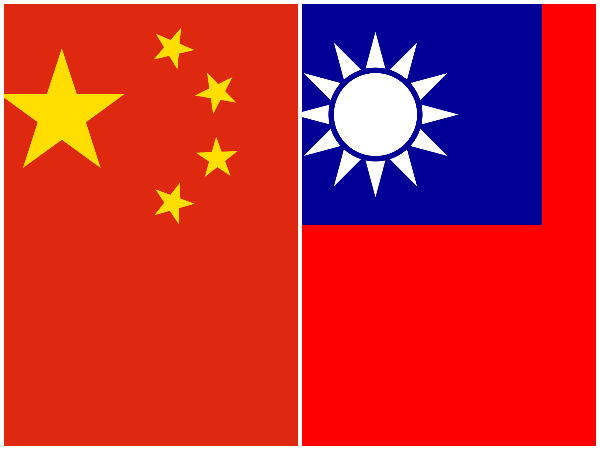
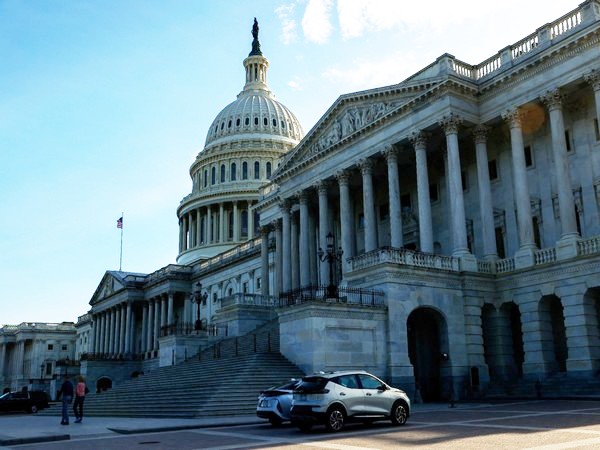

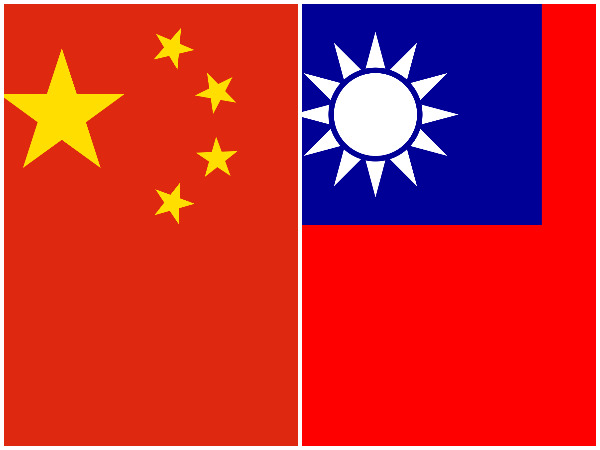


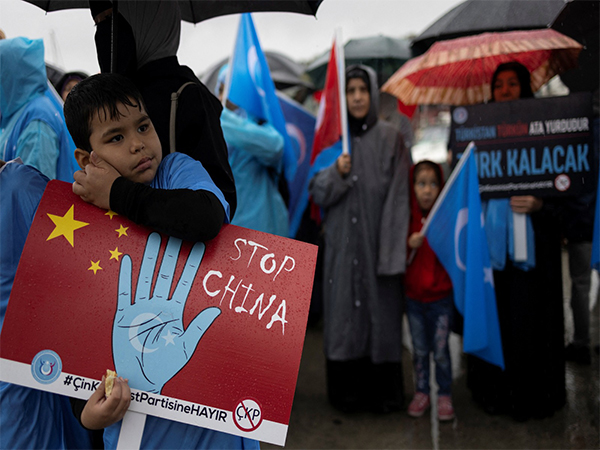
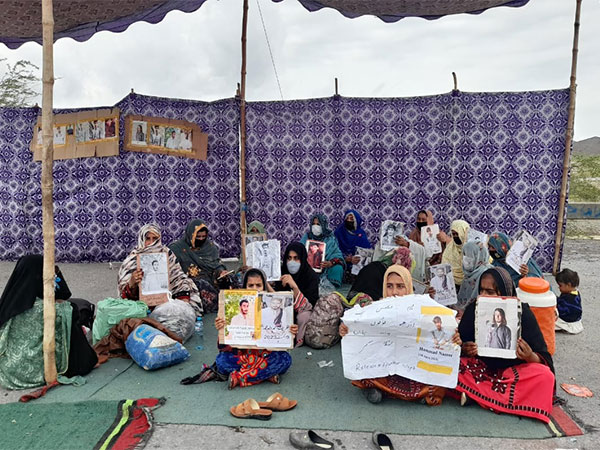
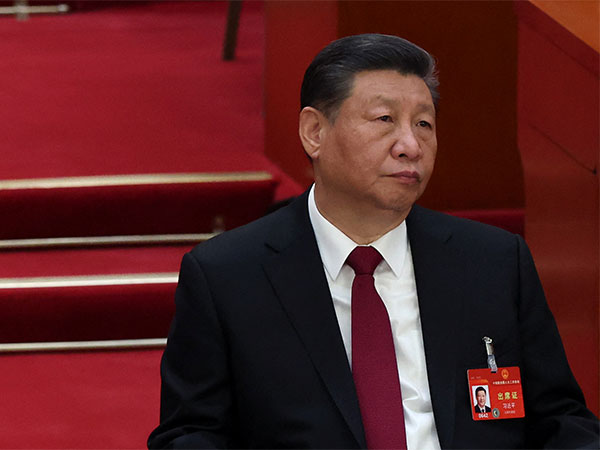






POST COMMENTS (8)
Rakesh Ranjan
Mukesh.Naik
Rajesh Shrestha
P.S. eudonym
Rajinder Verma
Col Vivek Bopiah (Retd)
Arjun Jai Viren
Rajesh Sahu